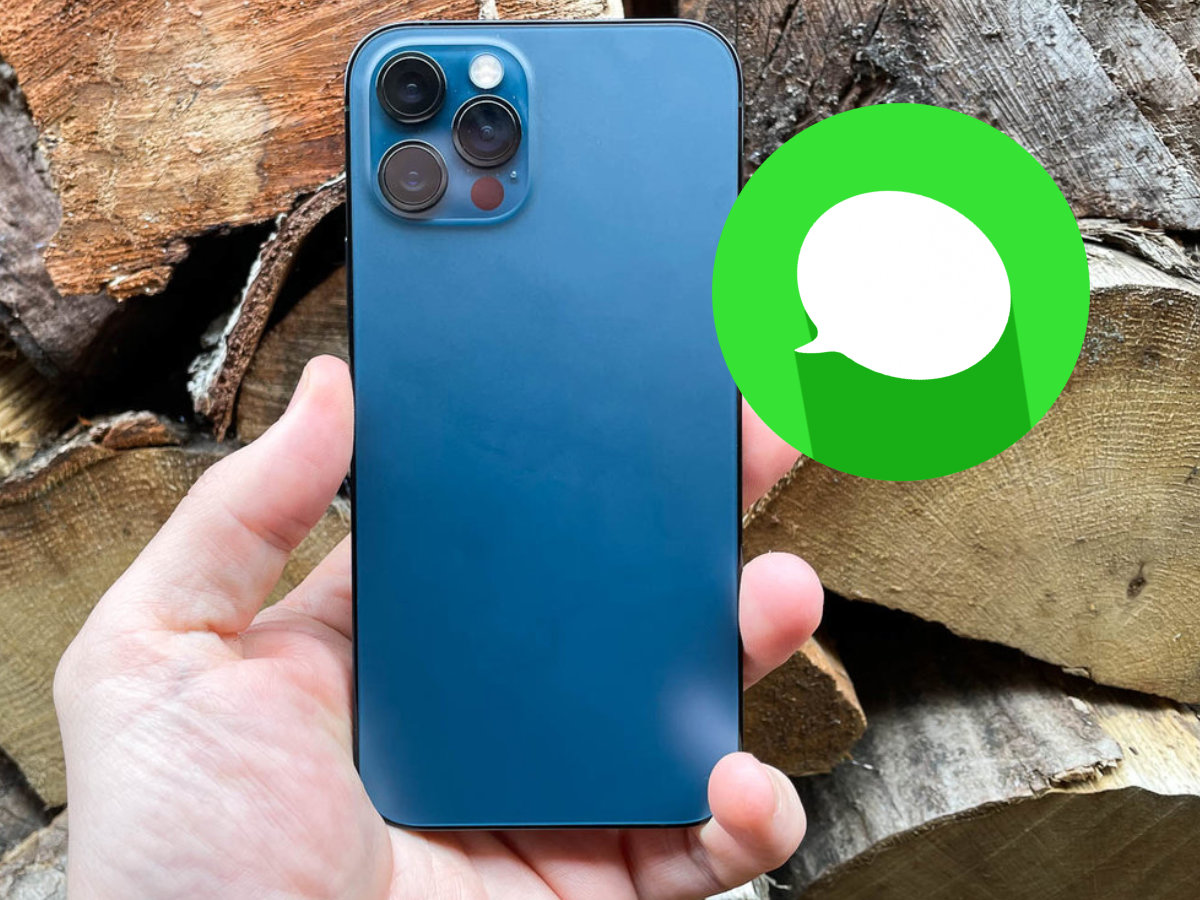The iMessage program is an instant messaging app on Apple devices.
Compatible with iPhone, iPad, and other devices using the iOS operating system, it’s the main way for users of these platforms to communicate since it allows users to send short messages for free.
The substitute for SMS proposed by Apple and very similar to what WhatsApp offers.
iMessage is used not only to send text messages but also to facilitate video calls through FaceTime, as well as to share files, photos, videos, and all kinds of multimedia material between devices using Internet connections.
In addition, it has the advantage of being fully integrated with iOS platforms, ensuring much better performance than other third-party solutions.
If you don’t know how to activate iMessage or are having trouble using it, this step-by-step guide explains everything you need to know.
We show you the whole process to enable this service on your Apple device.
In a matter of minutes, you can take advantage of the messaging service that Apple offers you.
Steps To Activate iMessage On iPhone
First, we’re going to explain the steps to activate iMessage on your iPhone.
This feature is usually enabled by default, but if it does not work or if it is a second-hand terminal, it’s possible that it has been disabled.
Here is how to enable it:
- With your iPhone turned on, go to the Settings or Configuration section by clicking on the gear symbol. It is located in the applications menu.
- Now, from all the options that appear, just click on Messages.
- When you are taken to the new menu, you will see that the iMessage section is the first to appear. Make sure it is activated and, if it is not, just click on the button to the right of it.
- Now, if prompted, you will need to enter the security key linked to your Apple account in the field that appears.
- You will be notified that the service is about to be activated. If you get charged for sending SMS you can avoid sending the SMS as follows:
- Instead of accepting or canceling, remove the SIM card from your phone whilst leaving it switched on.
- Now click on Cancel to refuse to send the SMS which you will have to pay for.
- Wait about 10 seconds and reinsert the SIM in the terminal.
- If you have waited long enough and followed all the steps, iMessage will be activated without paying for the SMS.
To make sure it works 100%, it is advisable to also make sure that the FaceTime app is enabled.
Therefore, repeat the above steps, replacing points 2 and 3 with the ones we explain below:
- Find the FaceTime option and click on it to access its configuration parameters.
- Just click on the button next to it to enable this function if it was disabled.
How to properly configure the iMessage app on Apple devices?
When enabling iMessage, most users think that all they need to do is enable the app as described above.
However, to properly configure the iMessage app on Apple devices you need to do more than that.
It is necessary to follow certain steps so that everything is fully operational, otherwise, there may be conflicts that result in not receiving messages or even problems sending.
Here’s what to do:
- With your device turned on, go to the Settings section (gear icon in the app menu).
- Once inside, find the Messages section and click on it to access all its settings.
- Now, you have to click on the option Receive in, since it is the one that usually generates the conflicts that give problems with messages and iMessage.
- The next thing to do is to enter the Apple ID in the field provided. You will also need to add the passcode if requested.
- Further down, make sure that the Phone and Mail fields are configured correctly.
- Finally, enter the Caller ID section to configure it to show the name to other users.
In the Messages menu, you can also configure other values such as read notification with Notify read or to send an SMS in case there is a problem with sending via iMessage.
Both are tools that help to complement the functions of the device, although the latter may involve a cost due to the operator prices imposed for short messages depending on your network provider.
If you have followed all these steps and indications, your Apple terminal or device will be able to take full advantage of iMessage.
ref:83#

